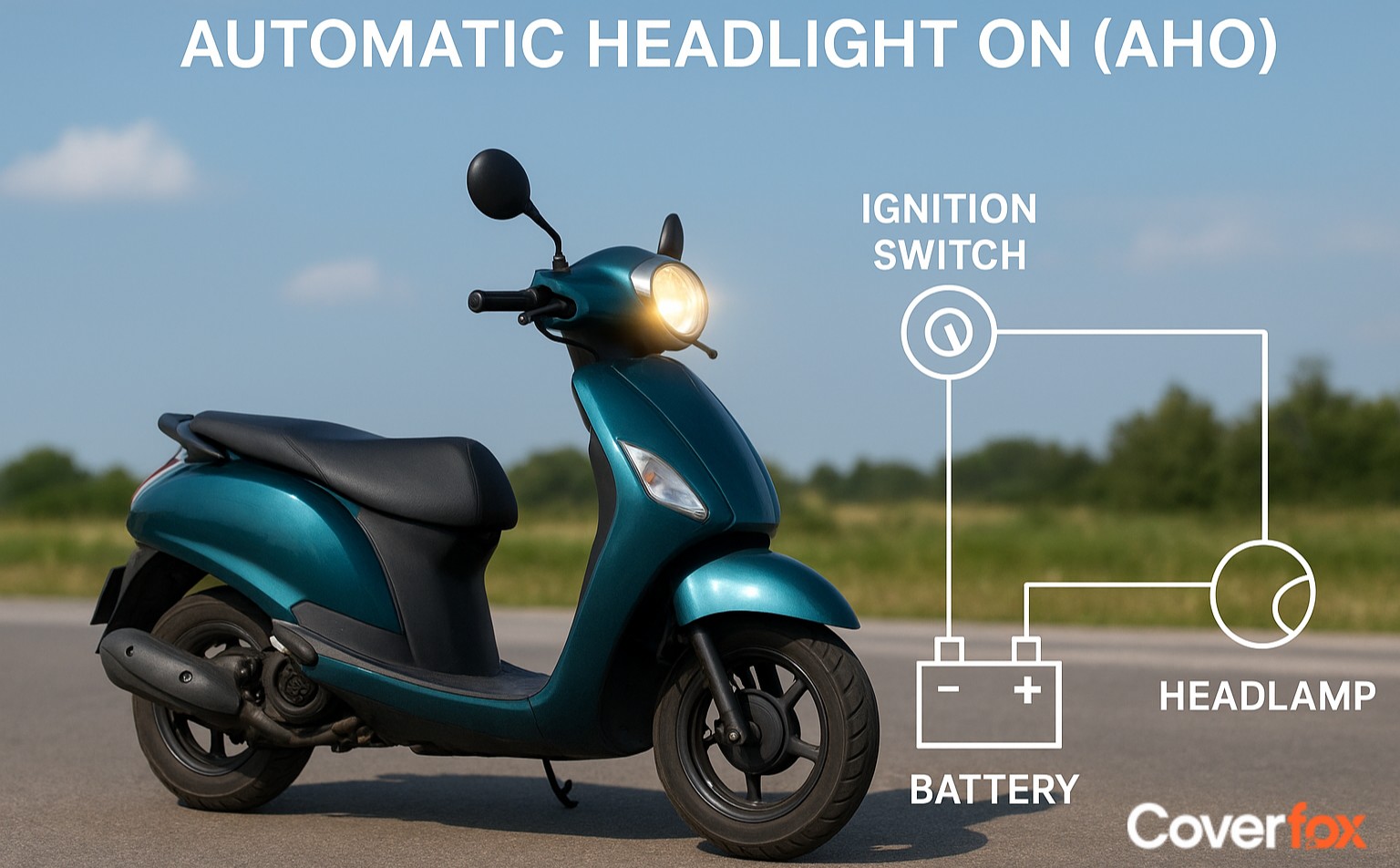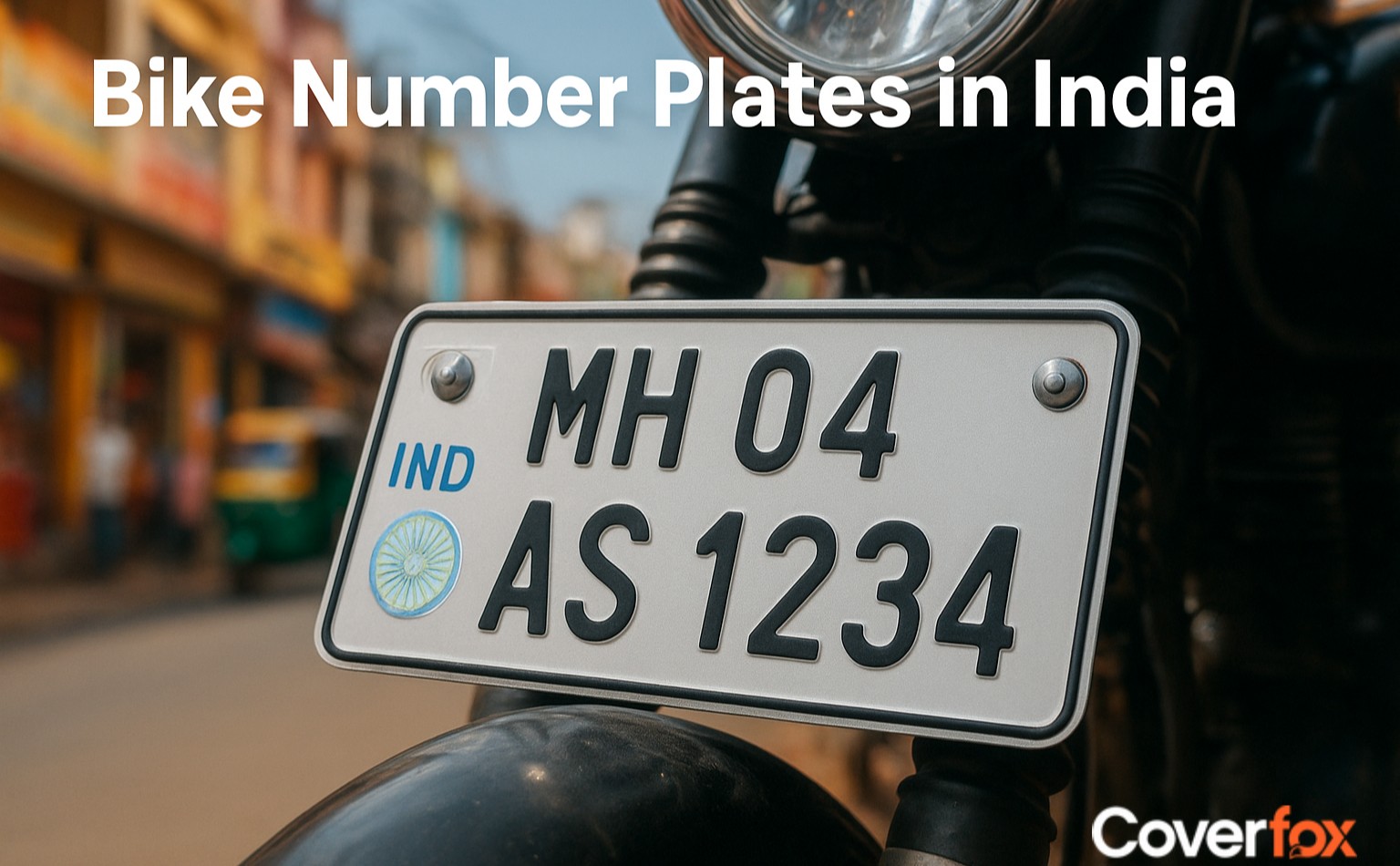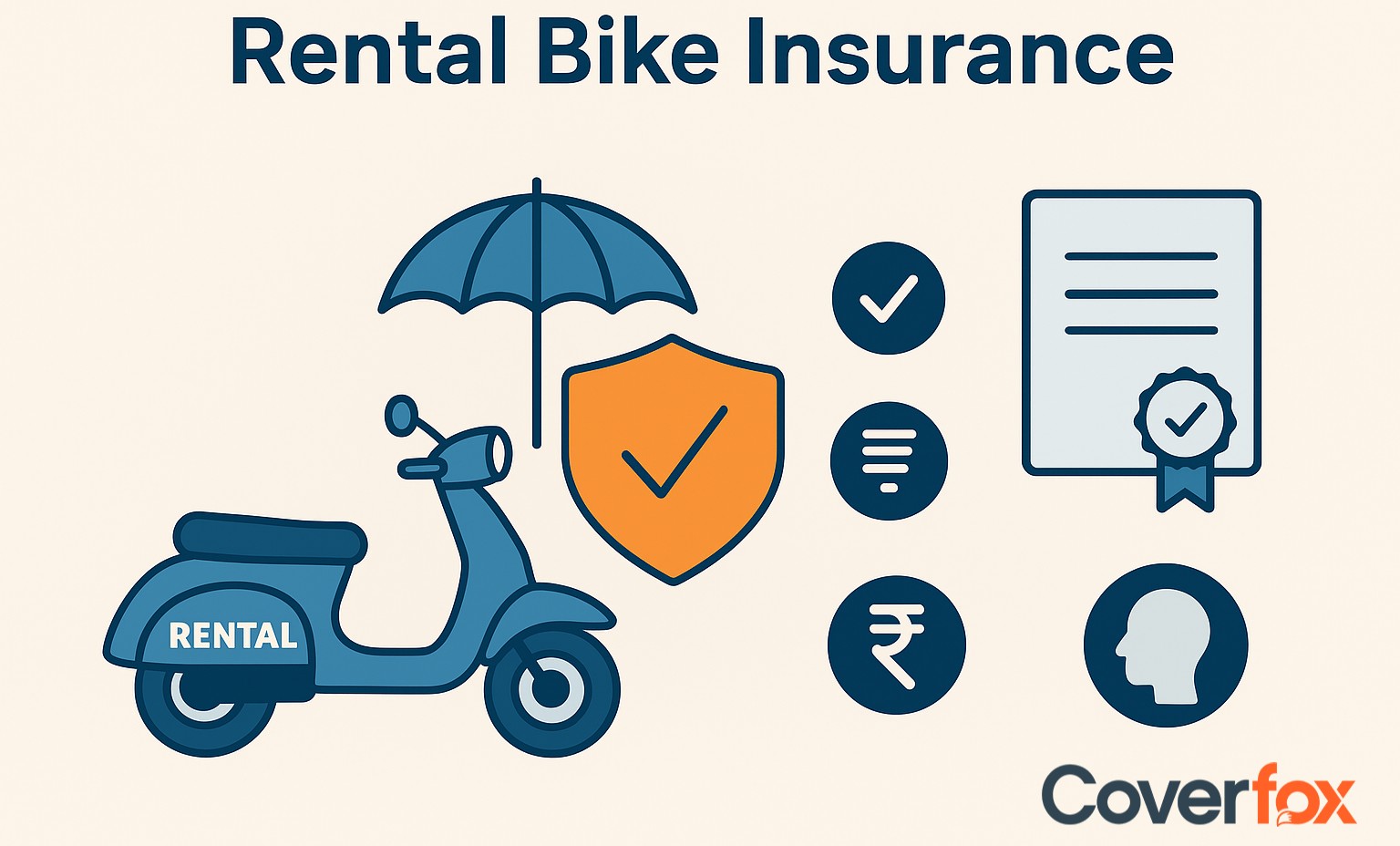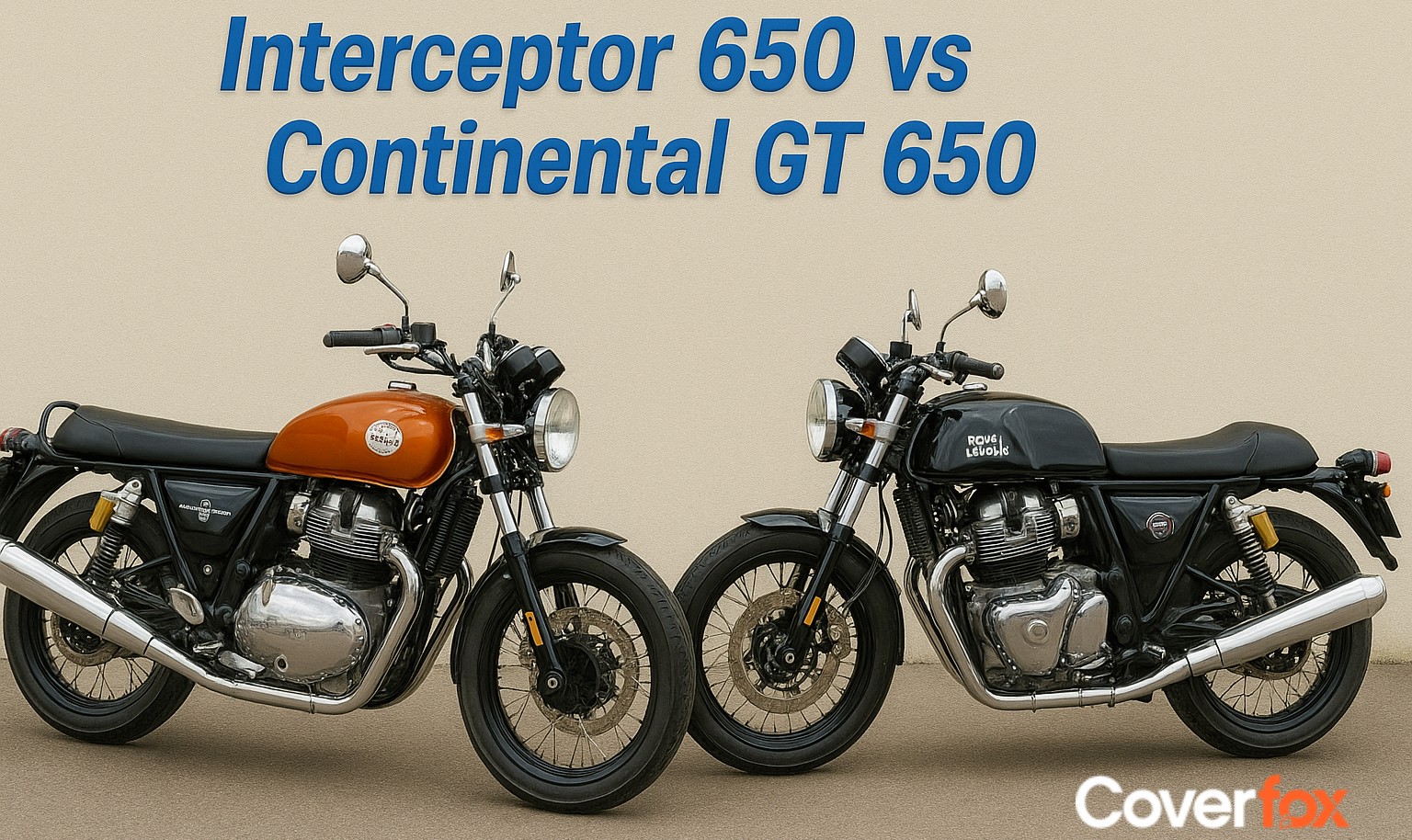If you are a bike owner, you know what it means to just take your bike and go for long, solo trips that leave one feeling rejuvenated and calm. Bikes are essential in terms of travel– be it for work, family or solo trips. That is why choosing the right engine for your bike becomes a crucial choice.

When we talk about bike engines, the two main engines known are two-stroke and four-stroke bike engines. However, there are some key differences between the two engines that you need to keep in mind while selecting or insuring your bike.
In this blog, we will see the main differences between the two engines, highlighting their pros and cons–when it comes to maintenance, environmental impact and insurance premiums for your motorcycle.
Two-stroke Bike Engines
A two-stroke bike engine completes its power cycle in two piston movements. It ensures a higher power-to-weight ratio, delivering more power in a small package. These engines are lighter and consist of fewer parts, compared to four-stroke engines. However, these engines have a harsher impact on the environment, causing more smoke that leads to higher emissions. They are said to be less fuel-efficient and noisier than two-stroke engines. These engines contribute greatly to pollution, which is the reason the government issued a ban on these two-stroke engine bikes. These engines were prominently used in racing, off-roading and mopeds, before their use was minimised.
Four-stroke Bike Engines
A four-stroke bike engine completes its power cycle in four piston movements. These engines are more fuel-efficient and quieter in operation, compared to two-stroke engines. These engines are an eco-friendly choice, as they have lower emissions and thereby contribute to less pollution. These engines are reliable and guarantee a longer lifespan. However, these engines are heavier and consist of more parts, making them more complex than two-stroke engines. They are also more expensive than two-stroke engines. These are prominently used in modern bikes, scooters and motorcycles for their cleaner, fuel-efficient and reliable engines.
Differences between a Two-stroke vs Four-stroke Bike Engine
2-stroke and 4-stroke bike engines serve different purposes, each with its own advantages. Here's a quick comparison to help you decide which suits your riding needs better.
| Feature | Two-stroke engines | Four-stroke engines |
|---|---|---|
| Operation Cycle | The power cycle is completed in two strokes. | The power cycle is completed in four strokes. |
| Fuel-efficiency | Less fuel efficiency | Better fuel efficiency |
| Power Output | Generates more power despite a small engine size. | Generates less power for the same engine size. |
| Cost | Consists of fewer parts, costs less. | Consists of more parts, making it more complex and more expensive. |
| Emissions | Causes more emissions, less environmentally friendly. | Ensures fewer emissions, more environmental compliance with standards. |
| Noise and Vibrations | Noisier, producing more vibrations on operation. | Ensures smooth operation with fewer runs and vibrations. |
| Primary Uses | Mostly used for off-roading or racing applications. | Mostly used by modern bikes, for daily commutes and long rides. |
Two-stroke vs Four-stroke Bike Engines: Which Engine is Better?
When it comes to choosing between the two engines, it is necessary to assess the pros and cons of both–
Two-stroke engines
Advantages
- Lighter, fewer parts and the cheaper choice
- Provides a higher power output
Disadvantages
- Not environmental-friendly
- Lack of fuel efficiency
- Noisier in terms of operation
Four-stroke engines
Advantages
- Better fuel efficiency
- Reduced emissions and environment-friendly
- Ensures long engine life
- Quieter and smoother in terms of operation
Disadvantages
- Heavier, consisting of more parts
- More expensive
- Less powerful than a two-stroke engine
Which is better?
If you are looking for an engine that offers reliability, smoother performance and minimum environmental impact, then a four-stroke engine is your ideal choice. This engine is used by most riders in India today, However, if you are looking for a bike engine for racing or off-road applications, then a two-stroke engine works best in terms of power output performance.
Insurance Implications
The engine you choose for your bike has a direct impact on the premium for your two-wheeler insurance policy–
Two-stroke engines
These engines may come with higher premiums. This is because these engines may exist in vintage and rare models, limiting the availability of parts and increasing repair costs. The higher power output of these bikes causes them to be more prone to accidents, increasing the risk associated with these bikes.
Four-stroke engines
These engines assure lower premiums, as they are known for their reliability, long life and environmental compliance. Parts are easily available, making the repair process significantly smoother and affordable.
Which type of insurance is suitable for each engine type?
Choosing the right insurance depends on your bike’s engine type, usage, and value—here’s what works best for 2-stroke and 4-stroke bikes.
2-stroke engine bikes
Choose comprehensive insurance for these bikes, covering both third-party damages and liability. These bikes may consist of vintage or rare models, making them prone to higher repair costs and potential theft.
4-stroke engine bikes
Both comprehensive and third-party liability insurance can be suitable for these bikes. The latter offers an affordable option for new four-stroke bikes.
Final Thoughts
When it comes to buying a new bike, maintaining an old one or selecting bike insurance in India, choosing the right engine makes all the difference. It is vital to understand the difference between two-stroke and four-stroke engines to make an informed choice. Two-stroke engines offer higher power output and simplicity, while four-stroke engines offer reliability, better fuel efficiency and lower emissions.
For bike owners, Coverfox, an IRDAI-authorised Insurtech platform, provides a fully digital and user-friendly platform that helps you with two-wheeler insurance selection, premium calculation and coverage customisation–especially when it comes to understanding the differences between two-stroke and four-stroke engines.
You May Also Read
Frequently Asked Questions
What is the difference between a two-stroke and four-stroke bike engine?
A two-stroke engine completes a power cycle in two piston movements, while a four-stroke engine requires four piston movements.
Which bike engine is more fuel-efficient?
Four-stroke engines are more fuel-efficient and environmentally friendly compared to two-stroke engines.
Why were two-stroke engine bikes banned in India?
Due to high emissions and environmental concerns, two-stroke engines were phased out in favor of cleaner alternatives.
How does my bike’s engine type affect insurance premiums?
Two-stroke engines often come with higher insurance premiums due to rarity, higher repair costs, and increased accident risks.
Which engine is better for everyday commuting?
Four-stroke engines are ideal for daily commutes, offering better fuel efficiency, reliability, and lower emissions.





